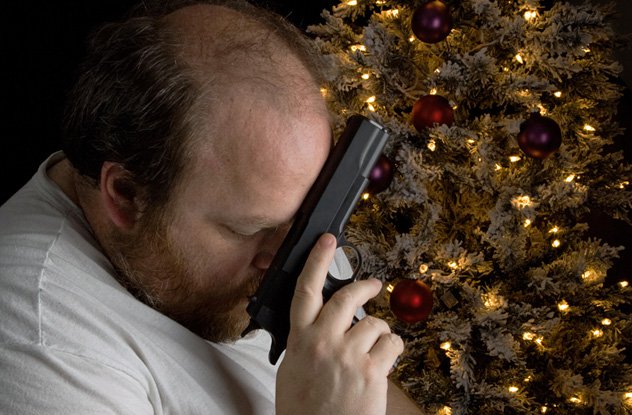5Suicide Rates Go Up
Christmas might be a time for families, holiday cheer, and excitement, but we’ve all heard that suicide rates go up during the season. The statistic sounds believable. Plenty of sadness surrounds the holiday, from those who can’t have the holiday they want to people going through it for the first time after a loss.
The University of Pennsylvania and the Centers for Disease Control and Prevention have found that, actually, the opposite is true. Suicide patterns based on three decades of data show that the months with the lowest rates are November, December, and January. The peak is in spring and summer.
The pattern may be due to feelings of community and family during the holiday season. We see friends and family whom we might not see at any other time during the year, so many people with suicidal thoughts have an emotional support group during the season.
That said, a person has a higher chance of dying on Christmas or on New Year’s Day than on any other day—but not from suicide. Many deaths on these days are due to respiratory diseases, digestive diseases, and cardiac distress. University of California researchers suggest several reasons for this. Holidays put extra stress on the body. Hospitals, emergency care clinics, and emergency rooms are generally understaffed during the holidays. Plus, people often skip hospital visits on these days, reluctant to interrupt family gatherings with their emergency.





































Discussion about this post